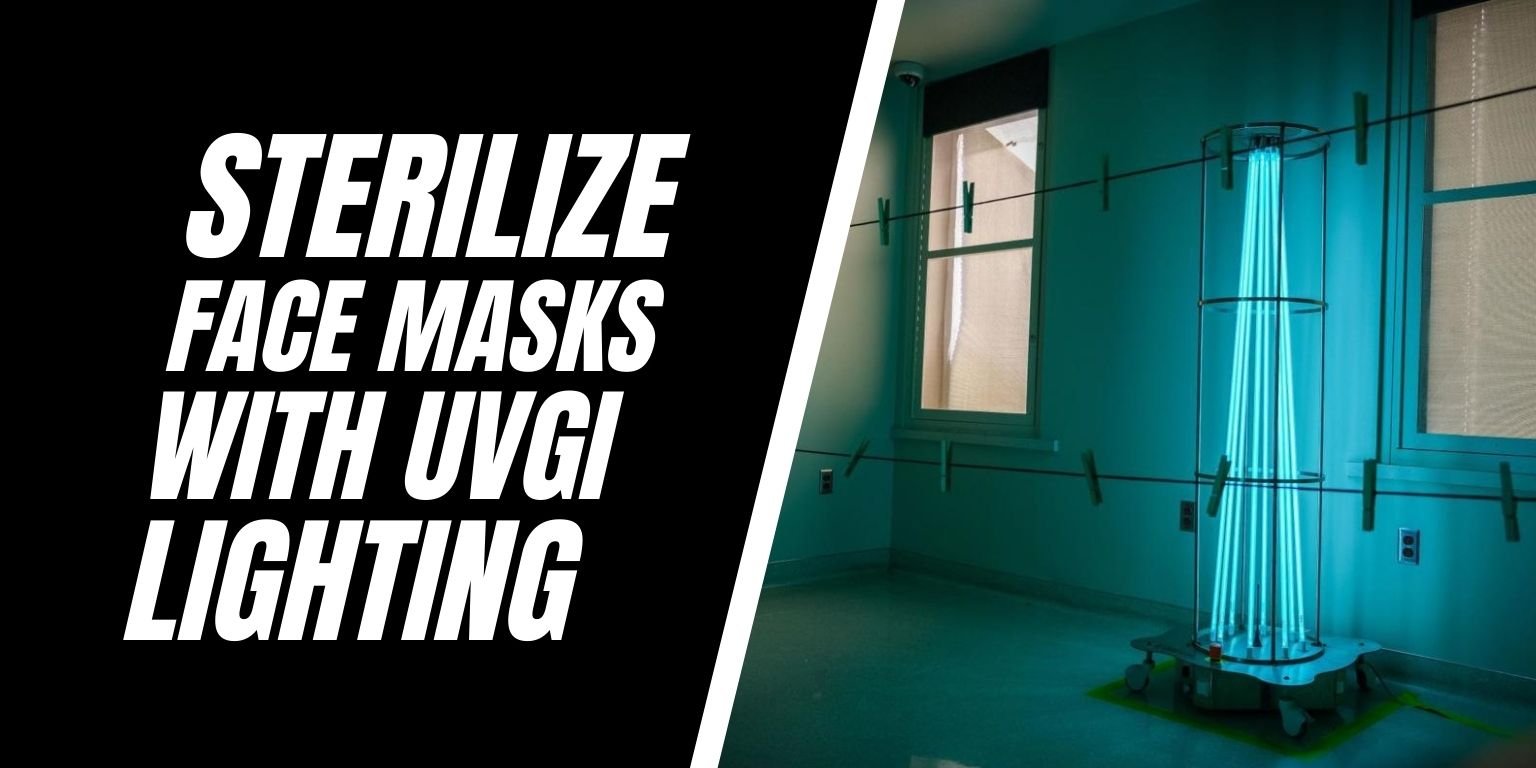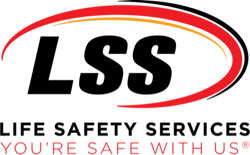
Perhaps no issue is more pressing for health care workers across the United States as they battle the novel coronavirus than the shortage of personal protective equipment (PPE) to avoid contamination.
We’ve all heard about the mass shortages and the issues of providing essential PPE to states across our country. Specifically, face masks, including N95 masks that provide more protection than loose-fitting surgical masks, are becoming more scarce. The rise in coronavirus cases has caused a substantial strain on demand and in some cases our healthcare system is even facing price gouging as local officials seek this gear for our healthcare employees on the front line. Simply put, demand for these necessities is currently outpacing supply.
As a life safety company who has worked with countless healthcare facilities across the country for nearly twenty years, the idea of our friends and colleagues being thrown into the middle of a dangerous, world-wide pandemic without the essential protective gear they need, is a tough concept to accept. If we run out of N95 masks on the national level, our healthcare workers, our friends, face a potential death sentence in order to execute their jobs. We must find a solution to this problem.
More and more information is being shared from medical research facilities and epidemiologists about the possibility of safely decontaminating N95 face masks utilizing Ultraviolet germicidal irradiation (UVGI) lighting to combat shortages in lieu of the pandemic. Specifically, Nebraska Medicine has created a procedure to extend the stockpile of N95 filtering facepiece respirators involving the delivery of (UVGI), and has been successful in sanitizing approximately 5,000 face masks to date. Research shows that UVGI has been shown to effectively inactivate the coronavirus and other respiratory viruses.
What is UVGI Lighting?
Ultraviolet Germicidal Irradiation (UVGI) is a simple, effective way to curb bacterial and viral growths. These specialized lamps produce an ultraviolet (UV) light that disrupts growth and deactivates existing growths, aiding in the disinfection of surfaces, water and more. UV lighting, when used correctly, is 99.9% effective in killing viruses such as COVID-19 and influenza, as well as destroying mold and bacteria. Additionally, it’s a green alternative and incredibly cost-effective way to reduce cross contamination that’s completely chemical free. Could this be the answer to our N95 supply shortage? It appears that the University of Nebraska and Beaumont Health thinks so, among others.
Nebraska Medicine
Nebraska Med created a very intricate process for sanitizing N95 masks. While this document goes into detail about exactly how they deploy their UVGI sanitation, the process boils down to 5concepts.
- Lines holding N95 Face masks were set up 13 feet apart and held 30 respirators per line. There were three across the room with UVGI torches located 4 feet from the center of the line, 8 feet apart. You can view the room layout within their procedure document. Please note that if you choose to use a different UV product than they are using, you will need to perform the calculations to determine that the micro-watts per second per meter squared is efficient to kill Covid-19.
- A process was created for safe handling of soiled respirators being deposited to the area of decontamination.
- Respirators were secured on wires and strung across the room with two UVGI towers.
- The UVGI associate performed thorough hand hygiene and the UVGI cleaning cycle
- Sterilized respirators were collected and delivered to the correct individual. It’s incredibly important to ensure a process is created and followed closely to ensure the right respirators go to the right personnel to ensure proper fit and integrity of each respirator upon reuse.
We highly recommend you take some time to thoroughly read through Nebraska Medicine’s document, “N95 Filtering Facepiece Respirator Ultraviolet Germicidal Irradiation (UVGI) Process for Decontamination and Reuse” for specific details on their process and the science behind the sanitation methods.
Beaumont Health
On April 5, 2020, Beaumont Health adopted a 2 step process based on work from the University of Nebraska and in collaboration with University of Michigan. This two step process includes:
- Using powerful ultraviolet light and exposing all surfaces of the mask for 8 minutes
- Heating masks to 150-160 degrees for one hour
Engineers at Beaumont Health state that masks can be disinfected in under two hours. You can view additional information about the work they are doing to disinfect N95 face masks here.
Mobile Remote UVC Disinfection System Benefits:
Nebraska medicine used a UV product similar to the one we sell here at LSS (Nebraska Medicine used a machine that had 8 emitters, our product has five emitters. Neither product is more powerful than the other, they are just used slightly differently. Calculations would need to be done to determine the correct load for our product.).
- Delivers the highest output germicidal UV
- Scientifically proven results: Uses the proven power of germicidal UV energy as an effective inactivation method for pathogens
- Safe and ozone-free: Uses no chemicals; produces no ozone or other toxic contaminants
- Portable: Flexibility to quickly bring the power of UVC where and when you need it
- App-Enabled: Download the smart-phone enabled application to control the UVC disinfection system
- Manages risk: Improved environmental hygiene means improved clinical outcomes, reduced cross-contamination and enhanced food safety
While there is a lot of information and research supporting the idea that UVC can play an important role in the disinfection process of N95 face masks, it’s important to note that the CDC has not approved these processes yet as an answer to our nation’s shortage. On April 1, 2020, the CDC released this message,
“Disposable filtering facepiece respirators (FFRs) are not approved for routine decontamination and reuse as standard of care. However, FFR decontamination and reuse may need to be considered as a crisis capacity strategy to ensure continued availability. Based on the limited research available, ultraviolet germicidal irradiation, vaporous hydrogen peroxide, and moist heat showed the most promise as potential methods to decontaminate FFRs.” For more information from the CDC, please visit their website. Please review this information to determine the proper course of action for your institution.
As life safety specialists working closely with members of the healthcare community, we thought it was important to share this information with you. We are not recommending any of these processes as a cost savings method to buy fewer N95 face masks, but as a measure of possible use in emergency times like now.
Check out our on-demand webinar on Using UVGI Lighting to Re-Sterilize N95 Face Masks here.
As always, our thoughts are with our friends and colleagues on the front lines of this pandemic. We’re here to help.
-The LSS Team

